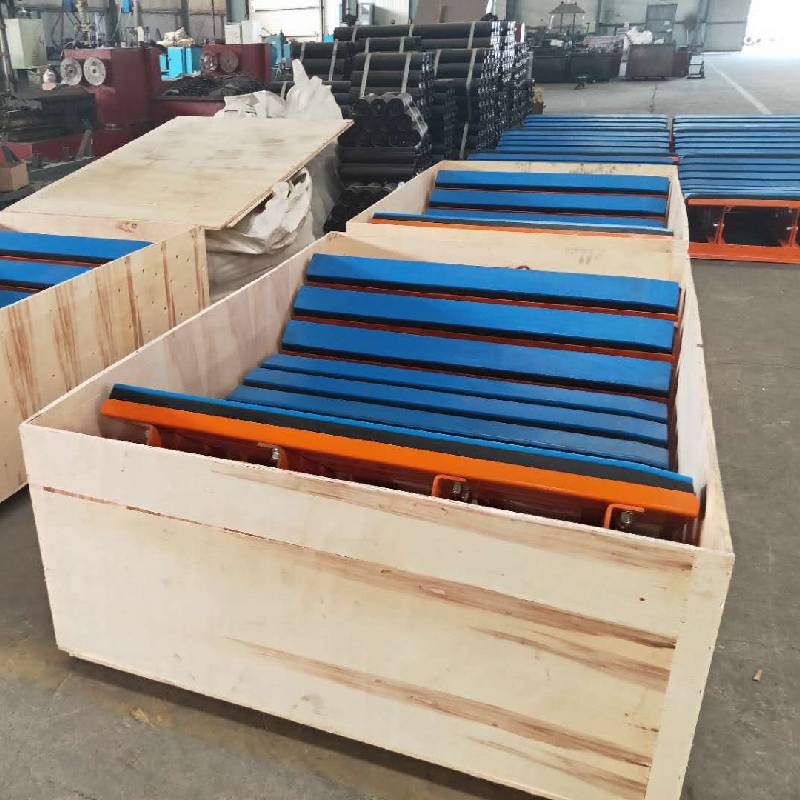 Afrikaans
Afrikaans  Albanian
Albanian  Amharic
Amharic  Arabic
Arabic  Armenian
Armenian  Azerbaijani
Azerbaijani  Basque
Basque  Belarusian
Belarusian  Bengali
Bengali  Bosnian
Bosnian  Bulgarian
Bulgarian  Catalan
Catalan  Cebuano
Cebuano  Corsican
Corsican  Croatian
Croatian  Czech
Czech  Danish
Danish  Dutch
Dutch  English
English  Esperanto
Esperanto  Estonian
Estonian  Finnish
Finnish  French
French  Frisian
Frisian  Galician
Galician  Georgian
Georgian  German
German  Greek
Greek  Gujarati
Gujarati  Haitian Creole
Haitian Creole  hausa
hausa  hawaiian
hawaiian  Hebrew
Hebrew  Hindi
Hindi  Miao
Miao  Hungarian
Hungarian  Icelandic
Icelandic  igbo
igbo  Indonesian
Indonesian  irish
irish  Italian
Italian  Japanese
Japanese  Javanese
Javanese  Kannada
Kannada  kazakh
kazakh  Khmer
Khmer  Rwandese
Rwandese  Korean
Korean  Kurdish
Kurdish  Kyrgyz
Kyrgyz  Lao
Lao  Latin
Latin  Latvian
Latvian  Lithuanian
Lithuanian  Luxembourgish
Luxembourgish  Macedonian
Macedonian  Malgashi
Malgashi  Malay
Malay  Malayalam
Malayalam  Maltese
Maltese  Maori
Maori  Marathi
Marathi  Mongolian
Mongolian  Myanmar
Myanmar  Nepali
Nepali  Norwegian
Norwegian  Norwegian
Norwegian  Occitan
Occitan  Pashto
Pashto  Persian
Persian  Polish
Polish  Portuguese
Portuguese  Punjabi
Punjabi  Romanian
Romanian  Russian
Russian  Samoan
Samoan  Scottish Gaelic
Scottish Gaelic  Serbian
Serbian  Sesotho
Sesotho  Shona
Shona  Sindhi
Sindhi  Sinhala
Sinhala  Slovak
Slovak  Slovenian
Slovenian  Somali
Somali  Spanish
Spanish  Sundanese
Sundanese  Swahili
Swahili  Swedish
Swedish  Tagalog
Tagalog  Tajik
Tajik  Tamil
Tamil  Tatar
Tatar  Telugu
Telugu  Thai
Thai  Turkish
Turkish  Turkmen
Turkmen  Ukrainian
Ukrainian  Urdu
Urdu  Uighur
Uighur  Uzbek
Uzbek  Vietnamese
Vietnamese  Welsh
Welsh  Bantu
Bantu  Yiddish
Yiddish  Yoruba
Yoruba  Zulu
Zulu conveyor belt idler design
Conveyor Belt Idler Design Key Considerations for Efficiency and Performance
The conveyor belt system is a crucial component in various industries, facilitating the movement of materials in an efficient and reliable manner. A critical part of this system is the conveyor belt idler, which plays an essential role in ensuring the effective operation of the conveyor. The design of conveyor belt idlers is a specialized field that requires careful consideration of several factors to optimize performance and durability.
Understanding Conveyor Belt Idlers
Idlers are structures that support the conveyor belt between the drive and return sections. They help maintain the proper belt tension and alignment while reducing friction, which is crucial for the long-term performance of conveyor systems. Well-designed idlers facilitate smooth operation, minimize wear and tear on the belt, and enhance the overall efficiency of material transport.
Types of Idlers
There are several types of idlers, including
1. Carrier Idlers These are the most common type and are used to support the load-carrying section of the conveyor belt. Carrier idlers come in various configurations, such as troughing and flat idlers, to accommodate different material sizes and shapes.
2. Return Idlers Positioned on the return side of the conveyor, return idlers support the empty belt as it travels back to the loading point. Their primary objective is to ensure that the belt remains in proper alignment.
3. Impact Idlers Located at loading points, these idlers absorb the impact of materials falling onto the conveyor, thereby reducing stress and prolonging the life of both the belt and the structure.
4. Training Idlers Used to control the belt's alignment, training idlers are strategically positioned to prevent the belt from drifting and to maintain its central position on the idler system.
conveyor belt idler design

Design Considerations
When designing conveyor belt idlers, several key factors must be taken into account
1. Load Capacity The idler's design must accommodate the maximum load the conveyor will carry. This includes considering the weight of the material and the dynamic forces that occur during operation. Properly sizing idlers ensures safety and prevents structural failures.
2. Material Selection Idlers must be made from durable materials that can withstand the environmental conditions, such as temperature fluctuations, moisture, and abrasive materials. Common materials include steel, rubber, and various polymers, each offering different benefits in terms of weight, strength, and resistance to wear.
3. Spacing and Configuration The spacing between idlers affects the belt's sag and overall tension. Properly configured idlers not only support the belt effectively but also reduce the risk of material spillage and increase operational efficiency. Generally, a critical balance between too few and too many idlers is necessary to achieve optimal performance.
4. Maintenance and Replacement A well-designed idler should facilitate easy maintenance and replacement. Features such as quick-release mechanisms, accessible grease points, and the ability to inspect for wear contribute to minimized downtime and prolonged service life.
5. Environmental Impact Considering the environmental impact is increasingly important in designs today. Designers should aim for idler systems that reduce energy consumption and noise, improve lifecycle sustainability, and promote the effective recycling of materials at the end of their functional lifespan.
Conclusion
The design of conveyor belt idlers is a complex yet vital aspect of conveyor technology. Achieving a balance between load-bearing capacity, materials used, spacing, and environmental considerations can significantly affect the efficiency and reliability of material handling operations. By focusing on these design elements, engineers and designers can develop idlers that enhance the overall performance of conveyor systems, reduce operational costs, and support sustainable practices in industries worldwide. As industries evolve and demand for more efficient systems increases, ongoing innovation in conveyor belt idler design will play a critical role in meeting those challenges.
-
Revolutionizing Conveyor Reliability with Advanced Rubber Lagging PulleysNewsJul.22,2025
-
Powering Precision and Durability with Expert Manufacturers of Conveyor ComponentsNewsJul.22,2025
-
Optimizing Conveyor Systems with Advanced Conveyor AccessoriesNewsJul.22,2025
-
Maximize Conveyor Efficiency with Quality Conveyor Idler PulleysNewsJul.22,2025
-
Future-Proof Your Conveyor System with High-Performance Polyurethane RollerNewsJul.22,2025
-
Driving Efficiency Forward with Quality Idlers and RollersNewsJul.22,2025





























